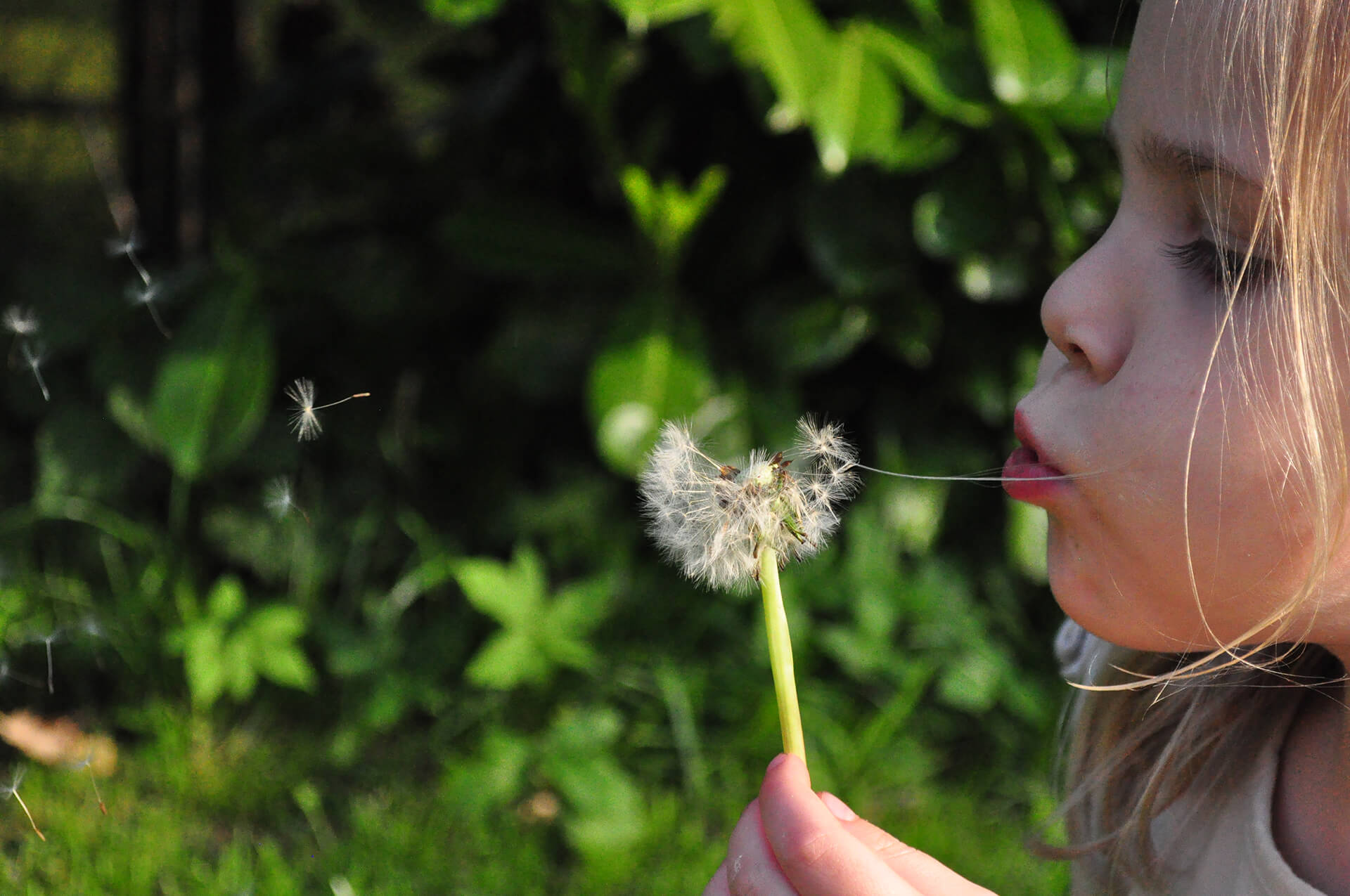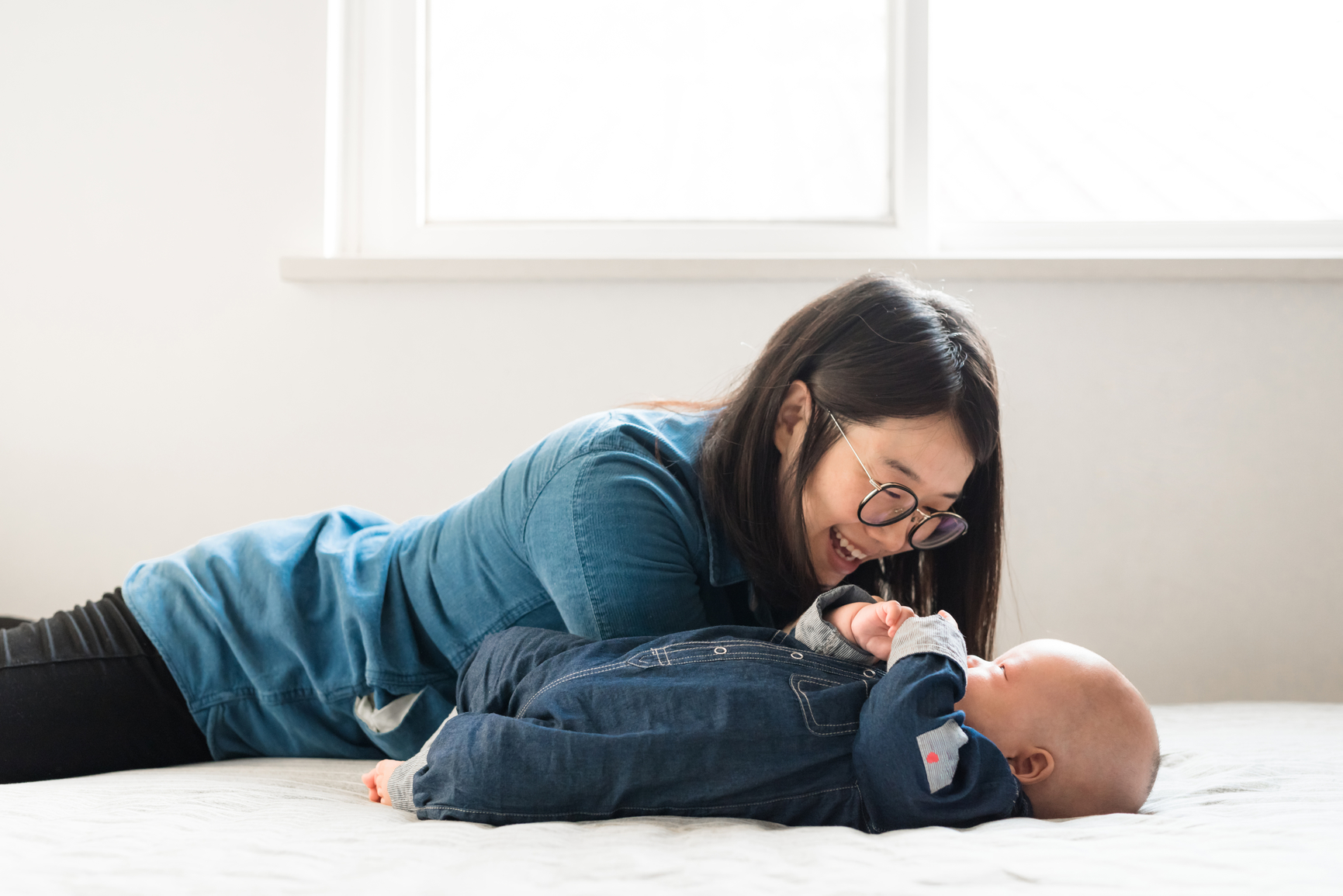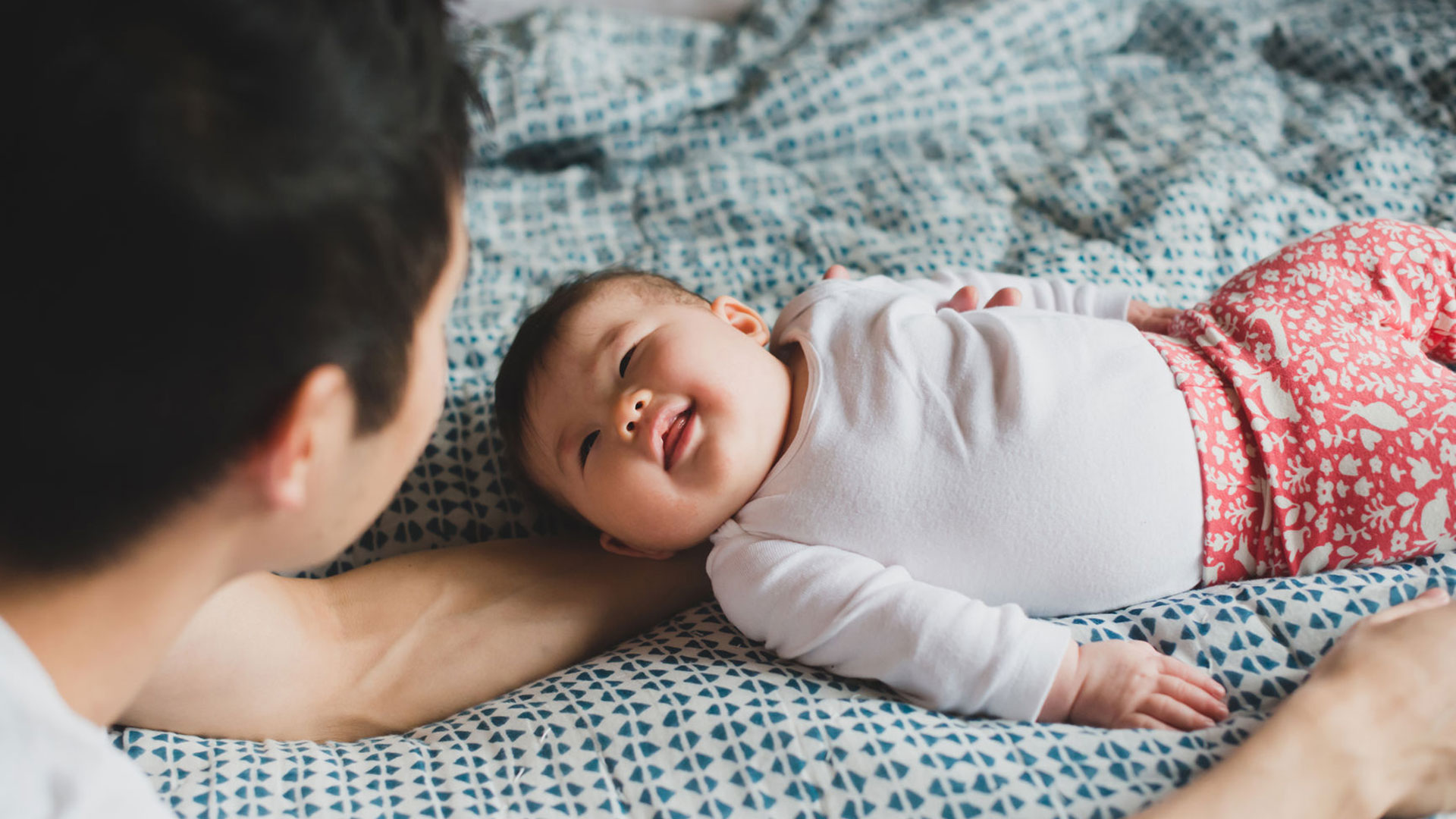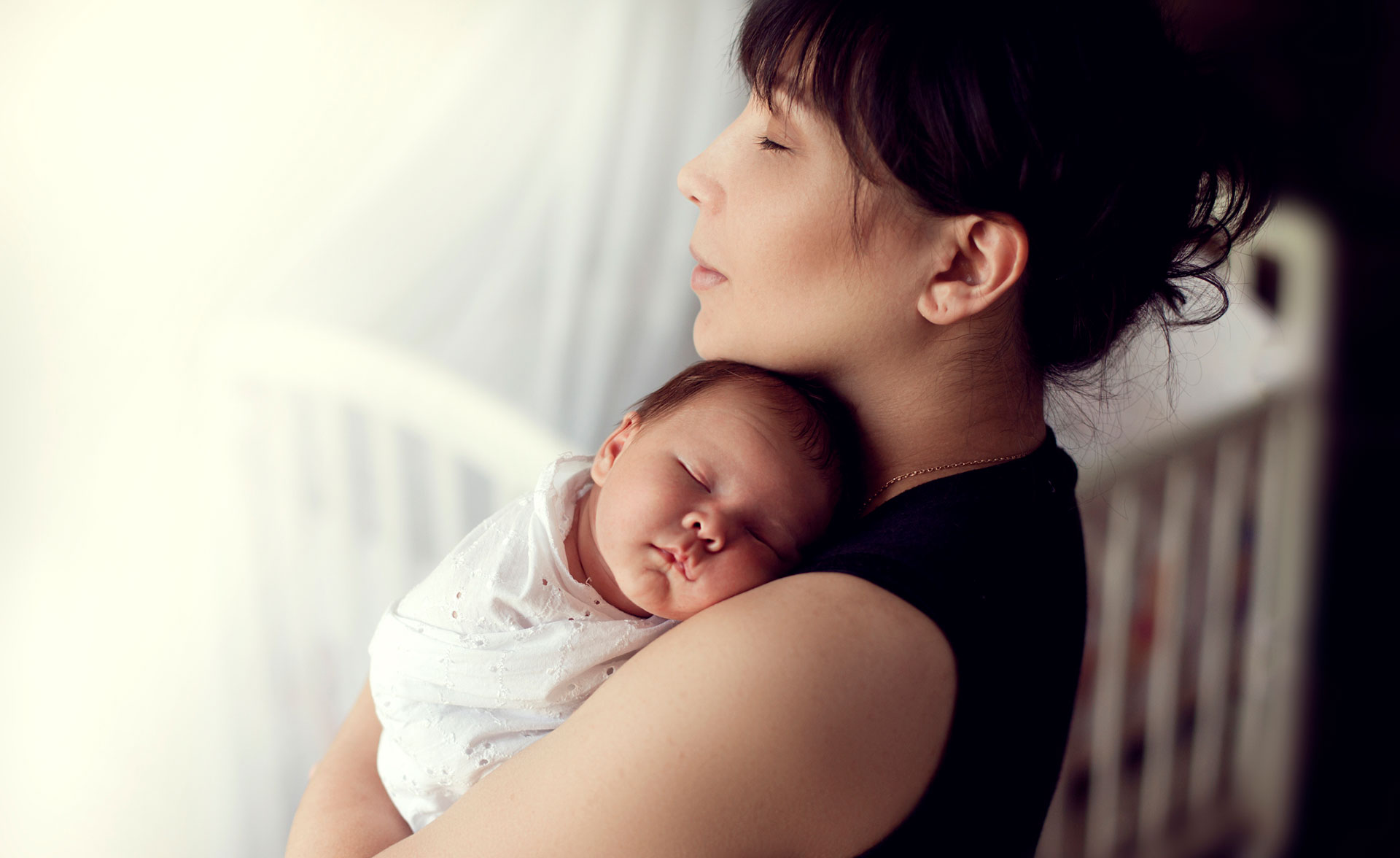-
For parents, non-food allergies in children can be scary, especially since the cause usually isn’t obvious straight away.
Paediatric Allergist at the Royal Children’s Hospital in Melbourne, Professor Mimi Tang, gives her professional advice for recognising and treating these types of allergies.
Listen now: Treating non-food allergies in children

-
What is a non-food allergy?
When we talk about health problems like hay fever, we’re really talking about allergic conditions. Specific allergies might be to insects, drugs or latex, while non-food allergic diseases include eczema, asthma and allergic rhinitis (commonly referred to as hay fever).
According to the Australian Institute of Health and Welfare, just over one in 10 Australian children suffer from hay fever, and asthma is also diagnosed in 11% of children.
Many children grow out of these allergies, but it’s hard to predict who will grow out of them and who won’t.
So how can you identify and treat these allergic diseases while children are young?
1. Allergic rhinitis
Allergic rhinitis is commonly known as hay fever. It’s caused by environmental allergens such as pollens, dust mites, moulds and animal hair.
Symptoms include sneezing, red, watery eyes, plus an itchy and runny nose. Often parents think these symptoms are a recurring cold in their child, making it difficult to identify. It’s easier to recognise an animal allergy since symptoms occur with a visible cause, but allergen triggers like dust mites or pollen aren’t so obvious when around.
At the severe end of the spectrum, worsening symptoms for children can include a blocked nose, breathing through the mouth, a dry throat and poor sleep with snoring. Often this means poor concentration and performance at school in children.
If you think your child might have hay fever, here’s what to do:
- Take your child to a doctor or pharmacist so the severity of their condition and symptoms can be assessed.
- Your GP will look in your child’s nose for inflammation of the nasal lining and assess if the lining is paler, thicker or more inflamed than it should be.
- Antihistamines are an effective over-the-counter treatment for these initial symptoms. Newer generation antihistamines are very safe and less sedating than older generation histamines. These can be given to a child on a regular basis without any significant side effects.
- For severe symptoms, the safest and best treatment is a topical nasal spray with corticosteroid in it. When sprayed directly on the inflamed area, it works well with few related side effects (which are usually related to incorrect spraying).
2. Eczema
Eczema is an inflammatory condition in the skin, which can cause symptoms like itching, redness and the rash normally associated with eczema.
Many things can contribute to a child experiencing an eczema inflammation. They could have dry skin that leaks water, causing itchiness, scratching and a rash. Children with eczema can also have increased loads of bacteria on their skin, which activates the immune system and causes the rash.
There is no known cure for eczema so prevention and fast treatment is key. The best way to help treat your child’s eczema is to treat and relieve the inflammation, resolving it and trying to keep it away if you can. A combination of prevention techniques and aggressive treatment means eczema can be rapidly targeted.
Here are a few things that may help:
- Skin health must be maintained to prevent an outbreak. Bathe your child daily in non-soaps (as soap will further dry out the skin). Often this means children taking bleach baths, bringing the water to the concentration of a swimming pool.
- Use lots of moisturiser daily to hydrate the skin.
- Once inflammation hits, act quickly and aggressively to treat the rash. Use a topical corticosteroid cream so the skin inflammation is targeted.
3. Asthma
Asthma is very similar to eczema, in that the immune system is out of balance. With asthma though, this inflammation is now sitting in the airway lining and causes variable respiratory symptoms.
Children who have asthma can have it seasonally, made worse by specific allergies to dust mites and pollen. Asthma symptoms can increase as your child is exposed to these allergens.
Asthma can affect children differently so it requires a tailored Asthma Action Plan and a trip to your GP.
-
How to introduce allergy foods
A guide to weaning and allergies
-
Immunisation 101: everything you need to know
Make sure your baby is fully immunised
-
The partner’s guide to breastfeeding
How you can help with breastfeeding
-
Bringing home a new baby during a pandemic
Bringing home a new baby is an exciting yet challenging time.
-
Your new baby admin checklist
A simple guide to ticking off all the paperwork for your new baby.
-
Getting in a routine with your new baby
Paediatrician Professor Harriet Hiscock shares some advice for adjusting to life with your little one, from feeding to sleeping to checking in with yourself.
Subscribe to receive the best from Live Better every week. Healthy recipes, exercise tips and activities, offers and promotions – everything to help you eat, move and feel better.
By clicking sign up I understand and agree to Medibank's privacy policy





